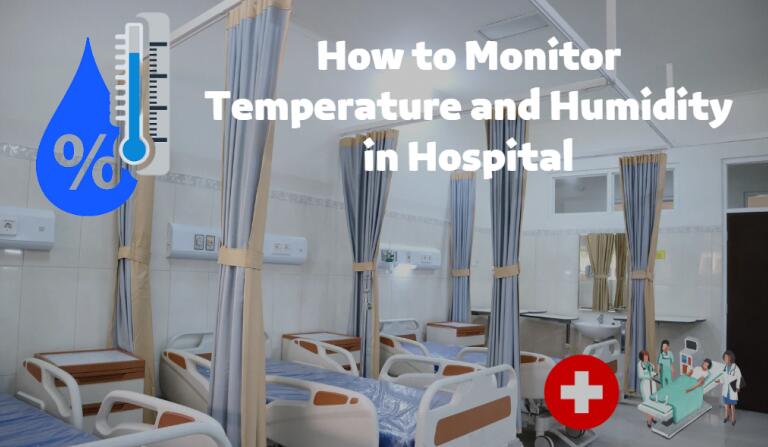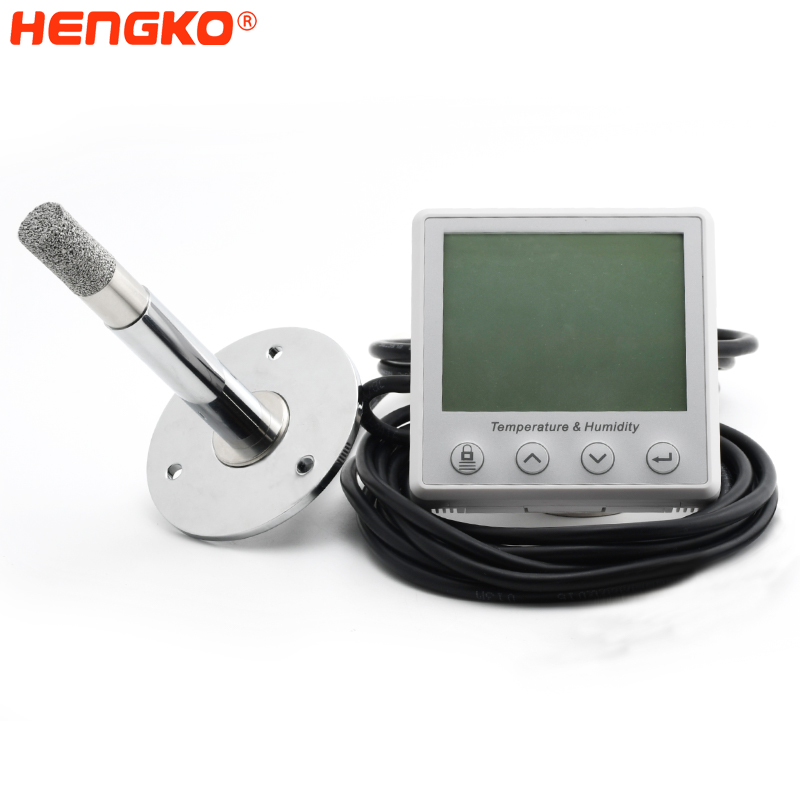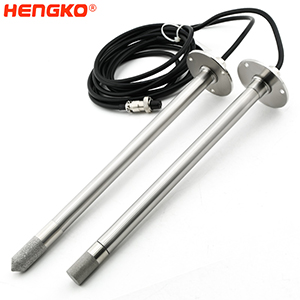Do You Know What is Right Hospital Temperature and Humidity Policy ?

So What is Right Hospital Temperature and Humidity Policy ?
Hospital temperature and humidity policies are critical for ensuring the comfort, safety, and health of patients, visitors, and staff. It is also essential for the effective functioning of medical equipment and the storage of medication. The specific ranges can vary slightly depending on the source, the particular hospital or healthcare facility, and the specific area of the hospital, but the following information generally applies:
-
Temperature: The general indoor temperature in hospitals is usually maintained between 20°C to 24°C (68°F to 75°F). However, certain specialized areas may require different temperatures. For instance, operating rooms are typically kept cooler, usually between 18°C to 20°C (64°F to 68°F), whereas neonatal intensive care units might be kept warmer.
-
Humidity: Relative humidity in hospitals is typically maintained between 30% to 60%. Maintaining this range helps to limit the growth of bacteria and other pathogens, while also ensuring comfort for patients and staff. Again, specific areas of the hospital may require different humidity levels. For example, operating rooms typically have lower humidity levels to reduce the risk of bacterial growth.
Please note that these are general ranges, and specific guidelines can vary depending on the local regulations, the design of the hospital, and the specific needs of the patients and staff. It's also crucial to maintain these environmental conditions consistently and monitor them regularly to ensure compliance and patient safety. The Centers for Disease Control and Prevention (CDC), World Health Organization (WHO), and other local health authorities can provide more specific guidelines.
So How to Control Temperature and Humidity in Hospital ?
The survival of viruses, bacteria and fungi in the air is affected by temperature and humidity factors. The spread of infectious diseases through aerosols or airborne transmission requires strict environmental controls in hospitals. Whether viruses, bacteria or fungi are exposed to the environment. Temperature, relative and absolute humidity, ultraviolet exposure, and even atmospheric pollutants can inactivate free-floating airborne pathogens.
Then, How to Monitor Temperature and Humidity in Hospital ? As Above reason, It is very important to correctly monitor the temperature and humidity in the hospital, So here we list about 5-Points You Need to Care and Know about Monitor Temperature and Humidity, Hope it will be helpful for your daily work.
1. Maintaining specific temperatures and relative humidity (relative humidity percentage) in a hospital setting is considered to minimize airborne survivability and thereby reduce transmission of influenza viruses. The summer and winter temperature and relative humidity (RH) Settings vary slightly in different areas of the hospital. During the summer, recommended room temperatures in emergency rooms (including inpatient rooms) vary from 23°C to 27°C.
2.Temperature can affect the state of viral protein and VIRAL DNA, making it one of the most critical factors controlling the survival of the virus. As temperatures rose from 20.5°C to 24°C and then to 30°C, the survival rate of the virus decreased. This temperature-temperature correlation holds in the humidity range from 23% to 81% rh.
How to monitor indoor temperature and humidity?
A Temperature and humidity sensor is required for measurement. Temperature and humidity instruments with different accuracy and measuring range can be selected according to requirements. HENGKO recommends the use of HT802C temperature and humidity transmitter in hospitals, which can display real-time data on the LCD screen and can be fixed on the wall for convenient measurement. Built-in sensor, suitable for a variety of indoor environments.
What is the Purpose of Measuring Relative Humidity ?
Virus: Rh levels play a role in the survival of viruses and other infectious agents. Influenza survival is lowest at 21°C, with an intermediate range of 40 % to 60 % RH. Temperature and relative humidity (RH) constantly interact to influence the survival of airborne viruses in aerosols.
Bacteria: Carbon monoxide (CO) increases bacterial mortality at relative humidity (RH) below 25%, but protects bacteria at relative humidity (RH) above 90%. Temperatures higher than about 24°C appear to reduce bacterial survival in the air.
Regular Calibration is Very Important
Temperature and humidity measuring instruments are precision instruments that must be maintained regularly to maintain reliability. Despite the excellent long-term stability of our instruments and systems, it is recommended to calibrate the temperature and humidity probes periodically. The probe of HENGKO adopts RHT series chip, which has high precision and high stability. However, with long-term use, there may be pollutants blocking the probe housing, so the dust blowing can be cleaned regularly to maintain the accuracy of measurement.
What Need to Consider for Good Indoor Air Quality ?
Use of dehumidification and HEPA filtration and regular supply of fresh air can improve indoor air quality. This is where carbon dioxide comes into focus as an additional important parameter. Its effects on indoor or breathable air are often underestimated and overlooked. If CO2 levels (PPM: a few parts per million) rise above 1000, fatigue and inattention become apparent.
Aerosols are hard to measure. So, measure the carbon dioxide emitted with aerosols when you breathe. Therefore, large amounts of CO2 are synonymous with high aerosol concentrations. Finally, differential pressure measurements can be used to verify that positive or negative pressure is applied correctly in a room to prevent harmful substances such as particles or bacteria from entering or leaving.
Fungi: Ventilation systems that control temperature and humidity have a significant impact on internal levels of airborne fungi, with air handling units reducing indoor concentrations while natural ventilation and fan coil units increase them.
HENGKO provides a series of temperature and humidity instrument product support, engineer team can provide strong support and suggestions for your temperature and humidity measurement needs.
Still Have Questions and Like to Know More Details For the Humidity Monitor Under Severe Weather Conditions, Please feel Free To Contact Us Now.
Also You Can Send Us Email Directly As Follow : ka@hengko.com
We Will Send Back With 24-Hours, Thanks for Your Patient !


